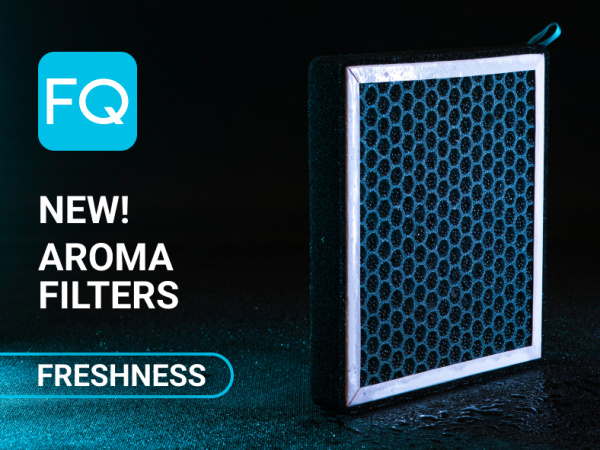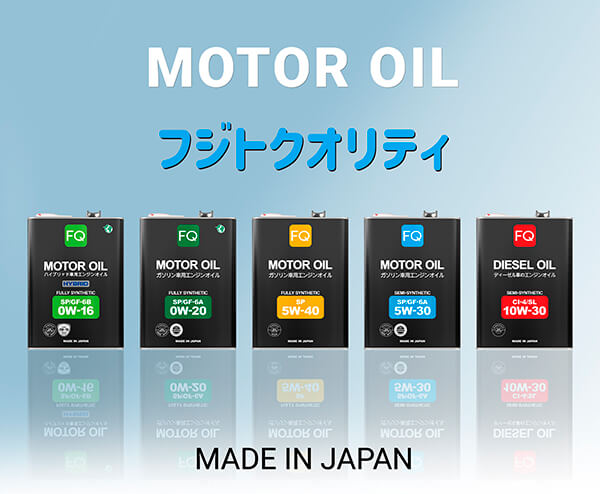
Preparing a car for spring
We have prepared a number of recommendations so that driving in the warmer months will bring you only positive emotions.
1. CHANGE TIRES ACCORDING TO THE SEASON
When talking about preparing a car for spring, most motorists first of all remember the need to change winter tires to summer tires. However, if you change the tires too early, there is a risk of getting into an accident due to a sudden cold snap. Summer tires become stiff at low temperatures and can lose their properties at the most inopportune moment. Therefore, it is best to change tires for summer, when the average daily temperature is stable at +7 ° C and above, and does not fall below zero at night. This weather is usually set in early to mid-April.
The kit for the warm season begins to provide good traction only at temperatures above +4 ° C
However, it is not necessary to delay the replacement of tires, since the use of winter tires in summer leads to their rapid wear. In addition, in accordance with the technical regulations of the Customs Union "On the safety of wheeled vehicles", it is prohibited to use winter tires in the summer months (from June to August) and vice versa, the use of summer tires in winter (from December to February). Also, don't forget to balance the wheels, even if they were on the discs.

2. COMPLEX WASHING
After winter, it is necessary to carry out a thorough comprehensive cleaning in the car. It is recommended to use a special car shampoo and a high-pressure device for car washing. During washing, do not forget about the wheel arches and undercarriage elements - it is important to completely remove all traces of winter chemicals to prevent corrosion.
Лучше всего проводить комплексную мойку после первых дождей, когда все реагенты будут смыты с дорог
Special attention should be paid to chrome-plated parts, since the reagents affect them especially strongly. After the winter season, it is required to process chrome using special pastes.
Also, do not forget about cleaning the interior. Despite all the care, dirt with reagents can still get on the fleecy floor covering and dry out in the form of a white plaque. The coating must first be loosened with a stiff brush and only then vacuumed. It is best to use a cleaning vacuum cleaner, but in this case you will have to spend another day drying the pile.
It is also worth putting things in order under the hood. Even with the protection of the engine compartment, it is likely to be dirty after the winter. In many car service stations, the service of preparing the car for spring includes washing the engine.
3. PROTECT THE CAR BODY
In addition to washing, caring motorists also take care of the paintwork of their car. Everyone thinks that the most terrible time for a car body is winter, because dirt, sand and reagents accumulate in the microcracks of the varnish. However, it is in the spring that these substances begin to actively react with the body elements of the car – destroying them at the same time. Therefore, it is very important to dry the car's coating after a high-quality wash, and then apply polish.
Also, many experts recommend polishing the headlights. Because due to the use of brushes to remove snow, the stele may become cloudy
4. CHANGING THE WIPER BLADES
Wipers are also subject to severe wear in winter, so many experts recommend changing them once a season. Especially after winter.
The Japanese brand SEE offers various types and sizes of wiper blades, which allows you to choose the most suitable ones for your car.
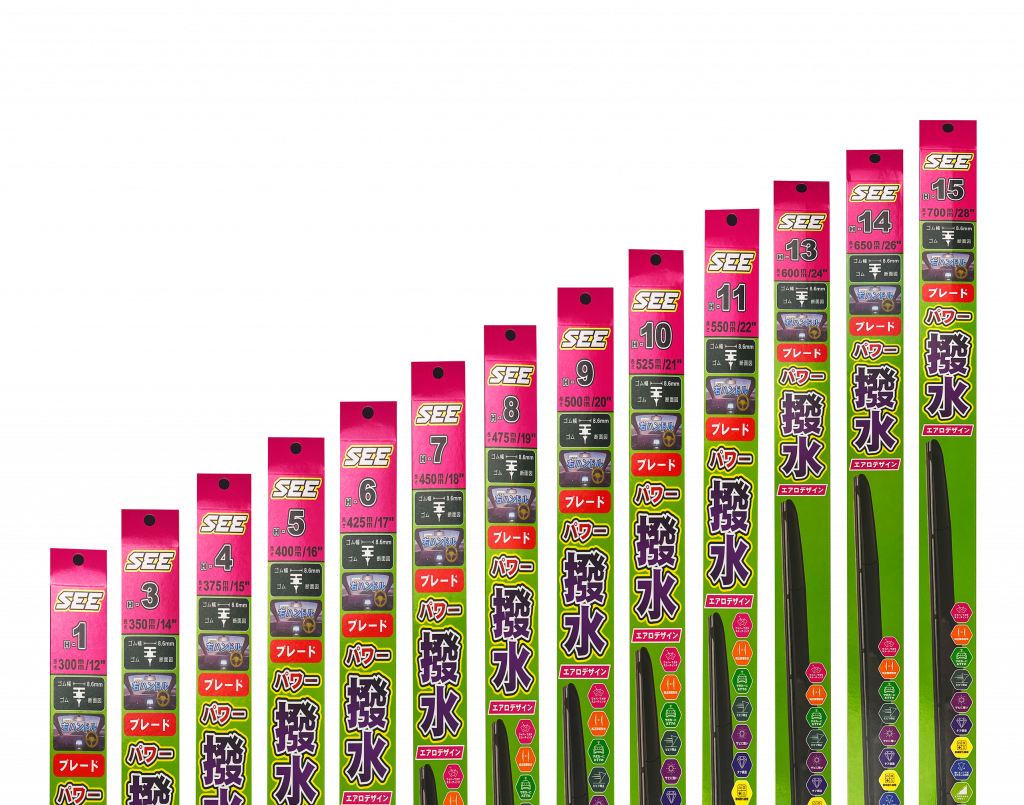
5. CHECK THE ENGINE
We must not forget about the car engine. In winter, the temperature differences between the various components and mechanisms of the engine can reach 115 degrees (from -20 ° C outside to +95 ° C operating temperature of the engine). Naturally, such conditions can negatively affect the rubber and plastic parts of the engine. Therefore, if there is a suspicion that some kind of elastic band has lost elasticity, cracked or dried, it is necessary to take measures to replace it. The same applies to plastic parts.
6. DO AN INSPECTION OF THE CHASSIS AND SUSPENSION
Operating a car in winter on Russian roads is a serious test for the suspension and chassis. After the end of the winter season, it is important to make sure that all components of these systems have successfully passed the test by conducting a full diagnosis at the service station. Since all suspension and chassis components are interconnected, minor malfunctions can lead to more serious breakdowns, the elimination of which will cost much more.
7. CHECK THE BRAKE SYSTEM
A proper braking system is a key factor in ensuring traffic safety. It is important to make sure that the brake discs and pads have not reached a critical level of wear during the winter period.
Most of the sealing elements of the brake system are made of rubber, which can be subject to wear during the cold season. During the spring inspection of the car on the lift, you should pay attention to the condition of the brake hoses and tubes - they may be damaged by reagents used to treat roads in winter.
If you notice that the brake pedal began to be pressed too easily or, conversely, with great effort, a warning light lit up on the dashboard or extraneous sounds appeared, this is an excuse to contact the service center
8. CHENGE THE OIL
No matter how carefully you drive your car, the winter period is the time when your car is experiencing increased loads. Temperature changes shorten the service life of the poured oil. Therefore, even if the replacement period has not yet arrived, it is recommended to check its level (using the drawings on the oil dipstick) and its condition (the normal color of the oil is brownish yellow). If the oil has turned black, it should be replaced earlier than planned.
Winter oil grades should be changed when the average daily temperature is consistently above zero.
In addition to the engine oil, it is also worth replacing the filters, since there is no point in using new oil if it passes through a dirty filter
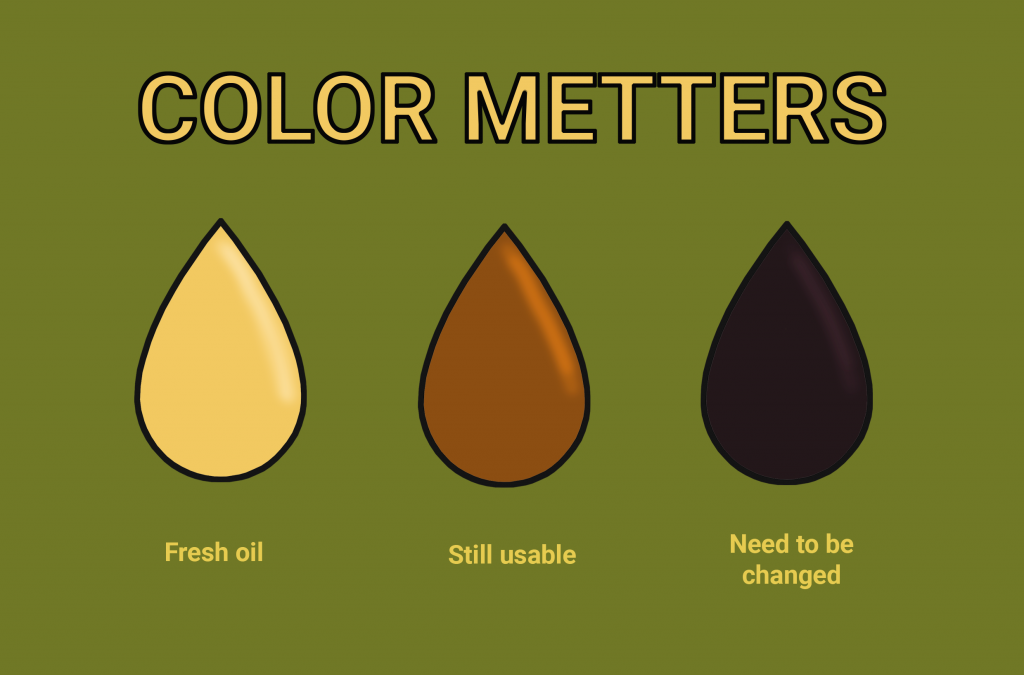
9. CHANGING TECHNICAL FLUIDS
After the winter period, it is necessary to check three technical fluids: washer fluid, brake fluid and antifreeze.
As a washing liquid at the initial stage, it is recommended to use a non-freezing composition in case the night temperature suddenly drops too low.
When adding brake fluid and antifreeze, liquids of the same colors and manufacturers as before should be used. Pay attention to their condition and the degree of contamination. A complete replacement of fluids may be required.

10. CHECK THE BATTERY
If the battery has survived the winter, then this is a good sign. So it can be used until next season. However, even if everything is in order, it's worth checking it out.
Experts advise to keep the battery clean, disconnect the wires and clean the terminals. If you have an unattended battery, check the status indicator and make sure there are no leaks. Then charge the battery using the mains charger. Before charging, make sure that the battery is removed from the car or disconnected from the on-board mains to avoid damage to the electronics. In the case of a serviced battery, check the electrolyte level and density before charging. If necessary, top up with distilled water so that the battery plates are completely covered with electrolyte.
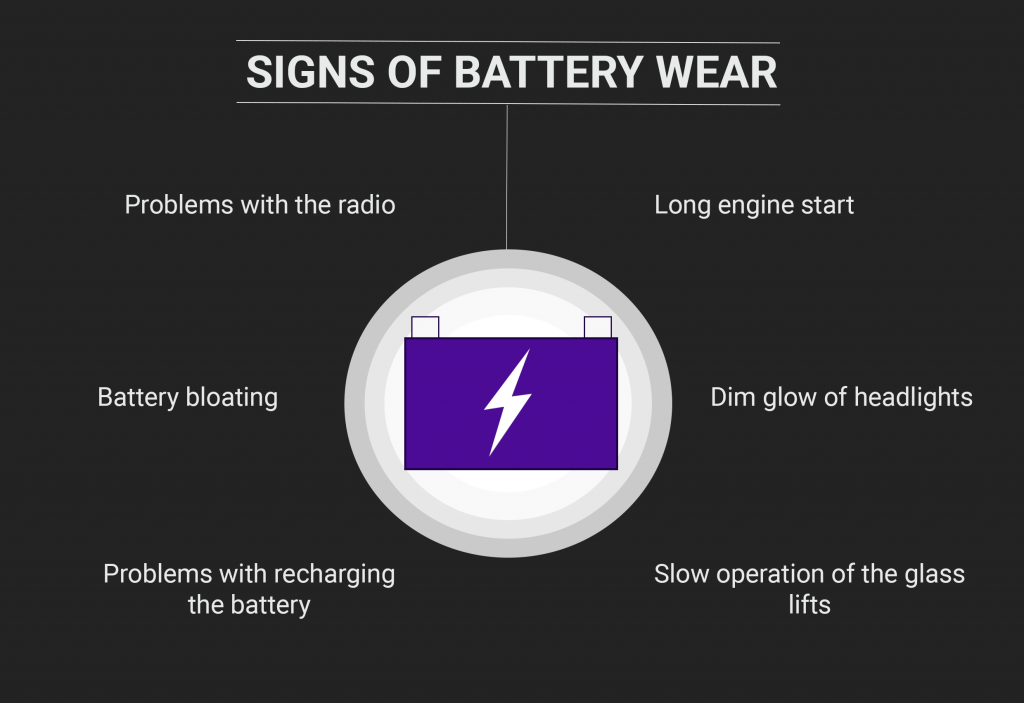
11. CHECK THE RADIATOR
Experts call radiator pollution the most important problem after winter. With warming, the load on the radiator increases, which causes the car to overheat. Most of the dirt accumulates between the radiators of the cooling systems and the air conditioner. For high-quality cleaning, it is necessary to remove these parts from the car, and it is better to treat the radiator of the air conditioner in the cabin with antibacterial and antifungal agents. All this can be done both in the service and independently with the help of purchased sprays.
In addition, the cooling radiator must be checked for leaks. It can be damaged when overcoming snowdrifts, from stones falling through the radiator grille, or due to corrosion. Leaks can be detected both by visual inspection under the hood and under the car, and by the level of coolant in the tank.
12. CHECK AND CLEAN THE AIR CONDITIONER
Before the onset of extreme heat, it is necessary to check the car's air conditioning system. The most common problem is refrigerant leakage due to loose pipe connections, corrosion, or mechanical damage.
In addition, experts recommend cleaning the air conditioning system using a steam generator to remove accumulated pollutants and unpleasant odors over the winter.
In addition, it is recommended to change the cabin filter at least once a year. Contaminated filters impair the capacity of fresh air and can cause fogging of windows in wet weather.
To sum up, we can say that preparing a car for spring includes a whole range of activities. Following these simple guidelines will allow you to enjoy a safe and comfortable ride in your car in the spring and throughout the year.



